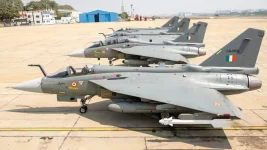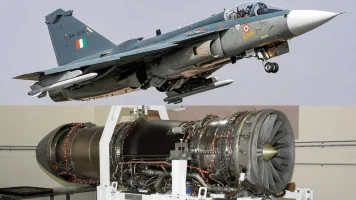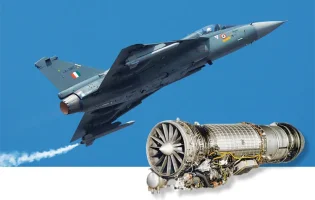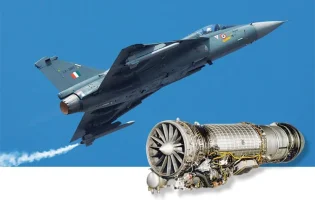- Views: 551
- Replies: 1
India is significantly ramping up its domestic production of composite materials to support its growing fighter jet programs. This ambitious initiative, driven by the Tejas Mk1A and the upcoming Tejas Mk2, aims to produce over 300 aircraft equipped with indigenously manufactured composite panels by 2035, marking a major step towards self-reliance in defence manufacturing.
The National Aerospace Laboratories (NAL), a leading aerospace research and development organization under the Council of Scientific & Industrial Research (CSIR), is spearheading this effort.
NAL has been instrumental in pioneering the use of composites in India's aircraft programs, including the LCA Tejas and the SARAS. With the Tejas Mk1A and Mk2 projects, the focus is on further enhancing these capabilities, leveraging composites for their lightweight, high-strength, and durability benefits.
To meet the increasing demand and align with the government's "Make in India" initiative, NAL is partnering with private sector companies. This collaboration aims to decentralize and accelerate defence manufacturing in India.
Private companies, known for their efficiency and innovation, are expected to complement NAL's expertise in composite technology, ensuring that production scales up to meet the ambitious targets set for the fighter jet programs.
The use of composites in the Tejas Mk1A and Mk2 involves advanced techniques like co-curing, where multiple composite layers are bonded simultaneously. This reduces weight and improves structural integrity, enhancing the aircraft's performance and reducing manufacturing costs.
By 2035, the goal of having over 300 Tejas Mk1A and Mk2 fighter jets equipped with domestically produced composite panels represents a significant milestone in India's journey towards self-reliance in defence production. This not only caters to domestic needs but also positions India as a potential exporter of high-tech defence equipment.
The collaboration between NAL and private companies is expected to set new standards in composite manufacturing, potentially leading to further innovations in aerospace materials and strengthening India's position as a key player in the global aerospace industry.




